Waterfalls, Caves & 4,000 Islands in Southern Laos
The slow vibe of Laos is felt even further in the south where you’ll find waterfalls, coffee plantations and small traditional villages, making the area both charming and adventurous. Cheeky Passports share their top tips on exploring the region.
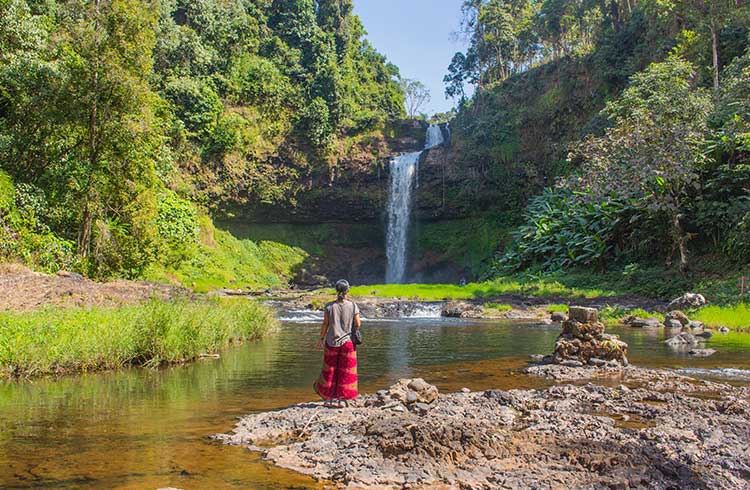 Photo © Michelle Zammit - Cheeky Passports
Photo © Michelle Zammit - Cheeky Passports
Many travelers spend much of their time in Laos’s northern towns, leaving little time to explore the less popular, but geographically diverse south, which deserves more than just a few days’
- Boat Trips in Konglor Cave
- Travel to Pakse by Bus
- Exploring Champasak
- Biking the Bolaven Plateau
- Traditional Villages in Southern Laos
- How to See the 4,000 Islands
- Transport & Getting Around
Boat Trips in Konglor Cave
East of the capital city, Vientiane, the spectacular Konglor cave is a four-mile (7km) long cavern created by the Hin Bun River. An exciting boat trip along the river takes you into the dark eerie depths of the cave to discover chambers of stalactites and rock formations. Although not quite off the beaten track, the cave is appealing to adventure-seekers looking to explore some of Laos’ natural beauty.
Travel to Pakse by Bus
Pakse, the main town in southern Laos, is unremarkable, but is the starting point of the Bolaven Plateau loop, and is a good jumping off point for trips further south to destinations such as the 4,000 Islands.
Regular overnight bus connections between Vientiane and Pakse make sleeper buses the most popular transport option between the two cities. The buses, which contain beds rather than just a reclining seat, are very comfortable.
Exploring Champasak
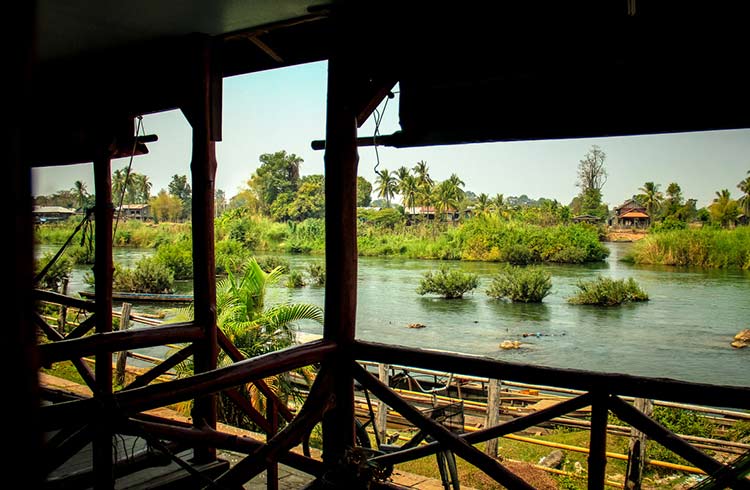
The province of Champasak is one of the best-explored regions in southern Laos, being home to most of the Bolaven Plateau, the 4,000 Islands and some stunning Khmer ruins. It’s easy to explore the area using public transport, using Pakse as a hub.
A bus from Pakse will take you to the quiet town of Champasak, from where you can explore the Khmer temples of Vat Phou, Angkor Wat’s smaller but older cousin. Vat Phou might not be as impressive as the Angkor Wat complex, and comparisons are inevitable, but as it sees a lot fewer tourists, the site is more pleasant to explore.
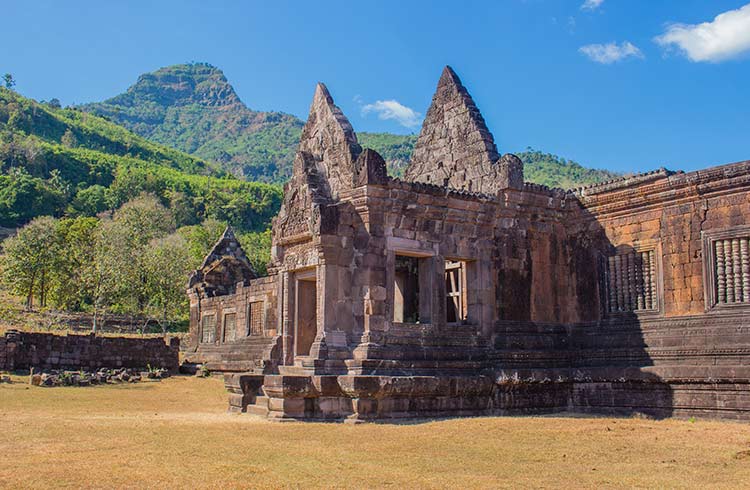
An electric shuttle cart will take you from the entrance of the complex to the temple area from where you can make your own way to the ruins. The site is rather small and is easily explored on foot in a couple of hours. Carry water around with you though, as it can get unbearably hot.
Biking the Bolaven Plateau
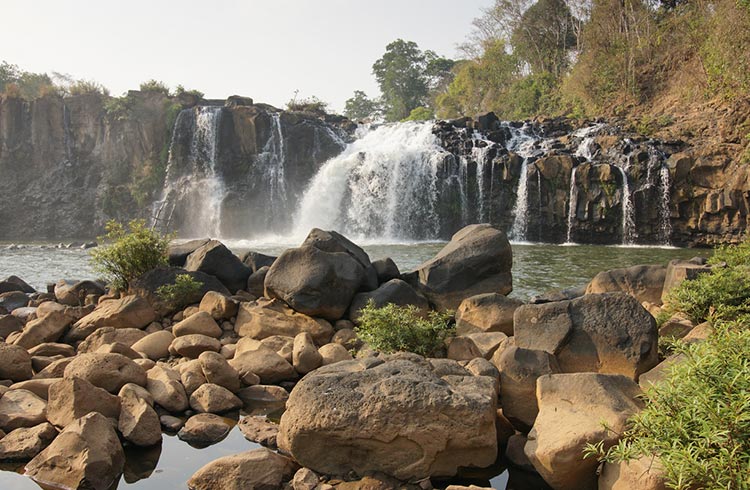
Motorbiking the Bolaven Plateau Loop has to be one of the best experiences in Laos. This rural area, despite being popular with travelers, retains an unspoiled charm, is the home of mighty waterfalls and coffee plantations, and is an interesting place to explore.
You should know how to ride a motorbike before you arrive in Laos. If you don’t, this is the best place to learn. Always wear a helmet, and remember: if you don’t have a license to ride back home, your travel insurance won’t cover you.
You can choose between biking the short loop or the long loop, depending on your time constraints, but don’t rush it; you’ll want time to stop to enjoy a dip in some of the waterfalls and learn about coffee cultivation from local farmers.
The area around some of the waterfalls has been developed, and others are still surrounded by lush jungle, but in most places, the paths are clearly marked. The roar from the majestic waterfalls, the persistent smell of coffee on the plateau and the slow, relaxed vibe in the region are sure to become cherished memories.
While on the Plateau, remember to respect any wildlife you might encounter. Riding elephants is promoted in some places, but here’s why riding an elephant should be taken off your list.
Traditional Villages in Southern Laos
The southern regions of Laos are home to traditional ethnic villages, some of which remain isolated from the comforts of the modern world. We were given some insight into the beliefs of the local followers of the animism religion during our visit to an ethnic Katu village on the Bolaven Plateau (animism is the religious belief that objects, places, and creatures all possess a distinct spiritual essence).
Local man, Captain Hook, who unlike the rest of the villagers, has received an education and can speak English, showed us around his village and explained the various stages of coffee cultivation, and the differences between the male and the female coffee bean. The female is the flatter coffee bean which can be split in two, while the rounder male coffee bean is considered to be stronger in taste.
During a walk along the village paths, he revealed the medicinal properties of the various plants growing in the area and provided some understanding into the animist beliefs of the villagers, which are very much based on appeasing the spirits.
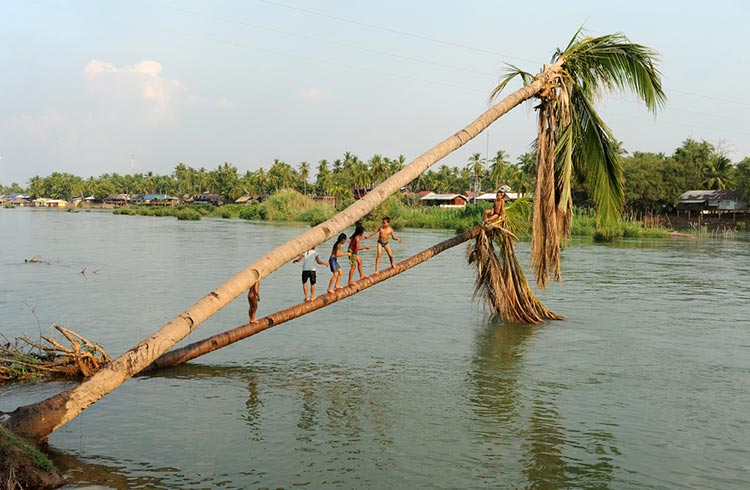
For example, one should never knock on the door of another villager’s hut because of the fear of losing the ‘good’ house spirits. The penalty for knocking on someone’s door is a fine of one water buffalo. The villagers also believe that if one of the locals dies because of an accident, his family should be banished to the forest for a period of around five years, out of fear of having bad luck brought upon the entire village.
Captain Hook did not shy away from describing any village practice which may be considered negative to outsiders. We were told that women have little say in village decisions and most get married at a very young age.
Ban Kok Phung Tai, Captain Hook’s village, is accessible via a marked path leading from the Bolaven Plateau main circuit. Village tours are held a couple of times a day and there’s no need to book; you can just turn up and join in.
Help contribute to the sustainability of the region by staying in local homestays, eating at local eateries, and only buying handmade products made by the local community.
How to See the 4,000 Islands
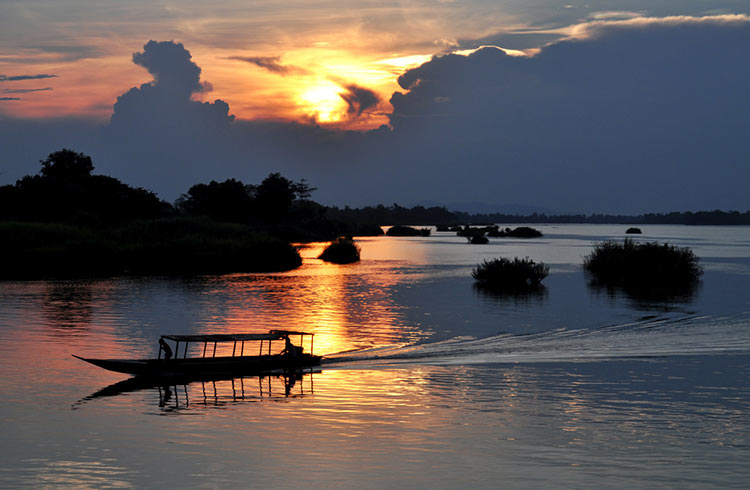
Further south of the Bolaven Plateau, lies Si Phan Don (the 4,000 Islands), an archipelago on the Mekong River close to the Cambodian border. This part of Laos is more of a backpacker hangout and less of a cultural hub, but if you’re looking for a place to enjoy a cold beer while taking in the sunset from a hammock, this is the spot.
Don Det is popular with younger backpackers, with all sorts of accommodation and food options. If you’re looking for some activity, rent a bicycle and head over across the bridge to Don Khon, where you can visit waterfalls, or take a boat trip to spot the rare Irrawaddy dolphins.
Both Don Det and Don Khon can be reached via a short boat ride from the village of Ban Nakasang which in turn, is accessible by bus from Pakse. Onward journeys to Cambodia can easily be arranged on Don Det.
Transport & Getting Around
Pakse is a good hub for buses going up north or further south towards Cambodia, although when visiting the more remote regions, using your own two wheels would be a better option.
Be sure to keep your valuable items with you at all times when using buses, especially if you have no access to your backpack during your journey.
Related articles
Simple and flexible travel insurance
You can buy at home or while traveling, and claim online from anywhere in the world. With 150+ adventure activities covered and 24/7 emergency assistance.
Get a quote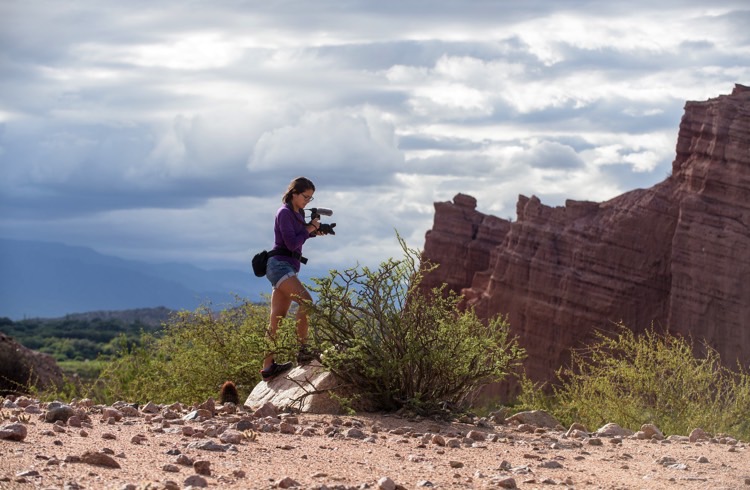
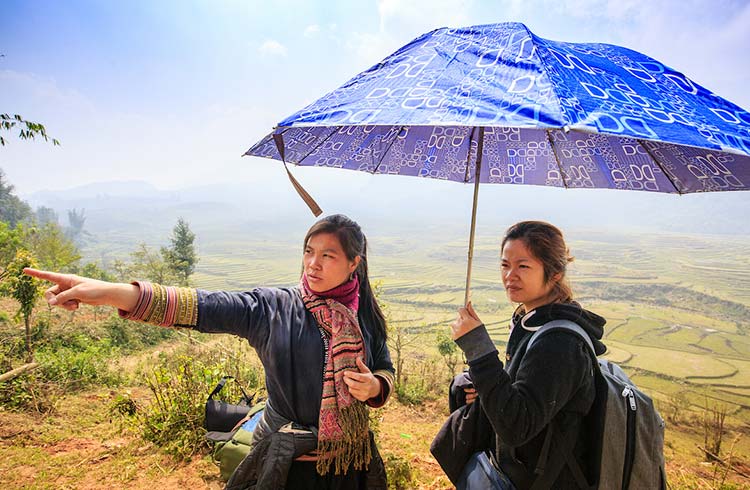

No Comments